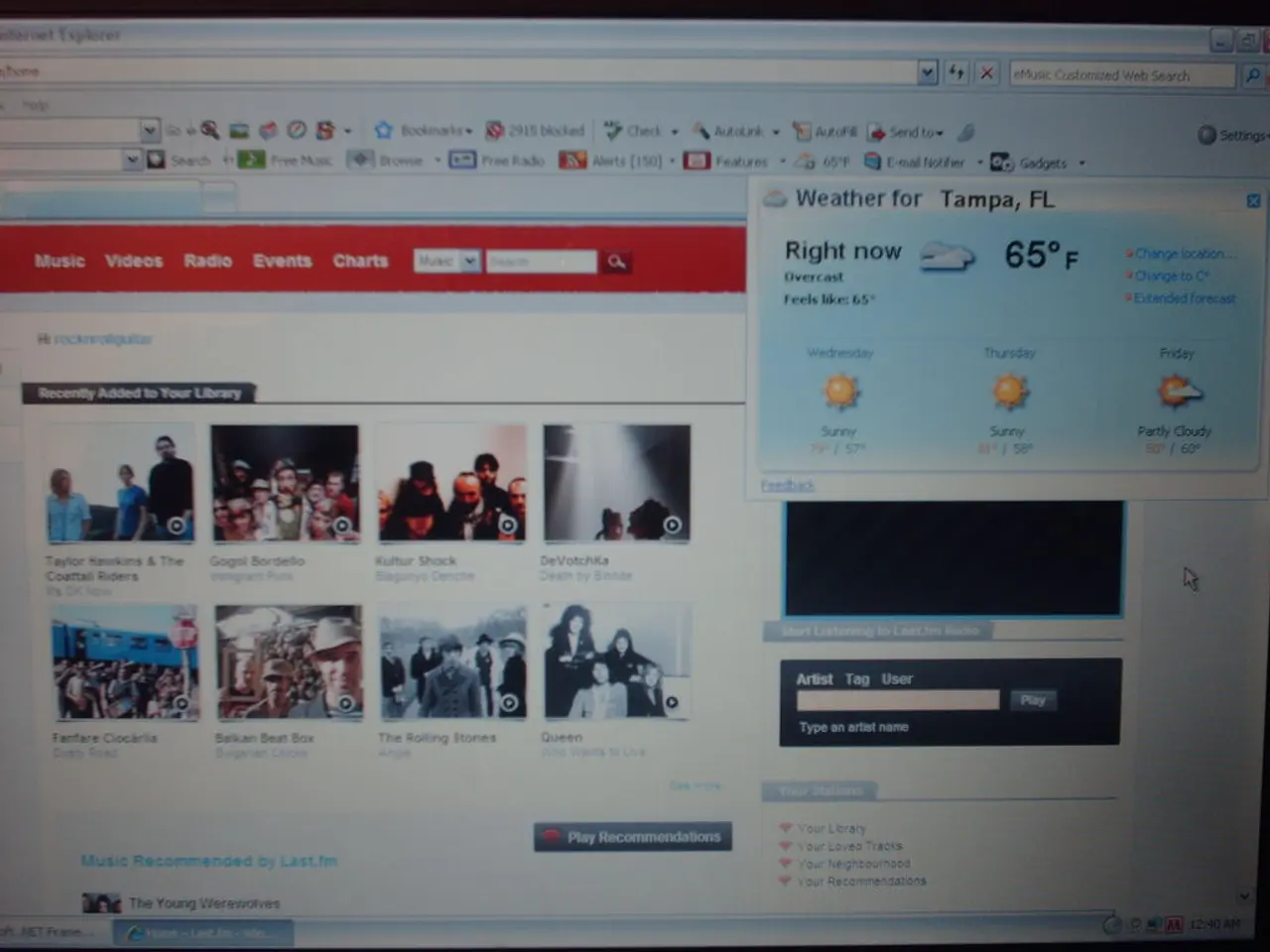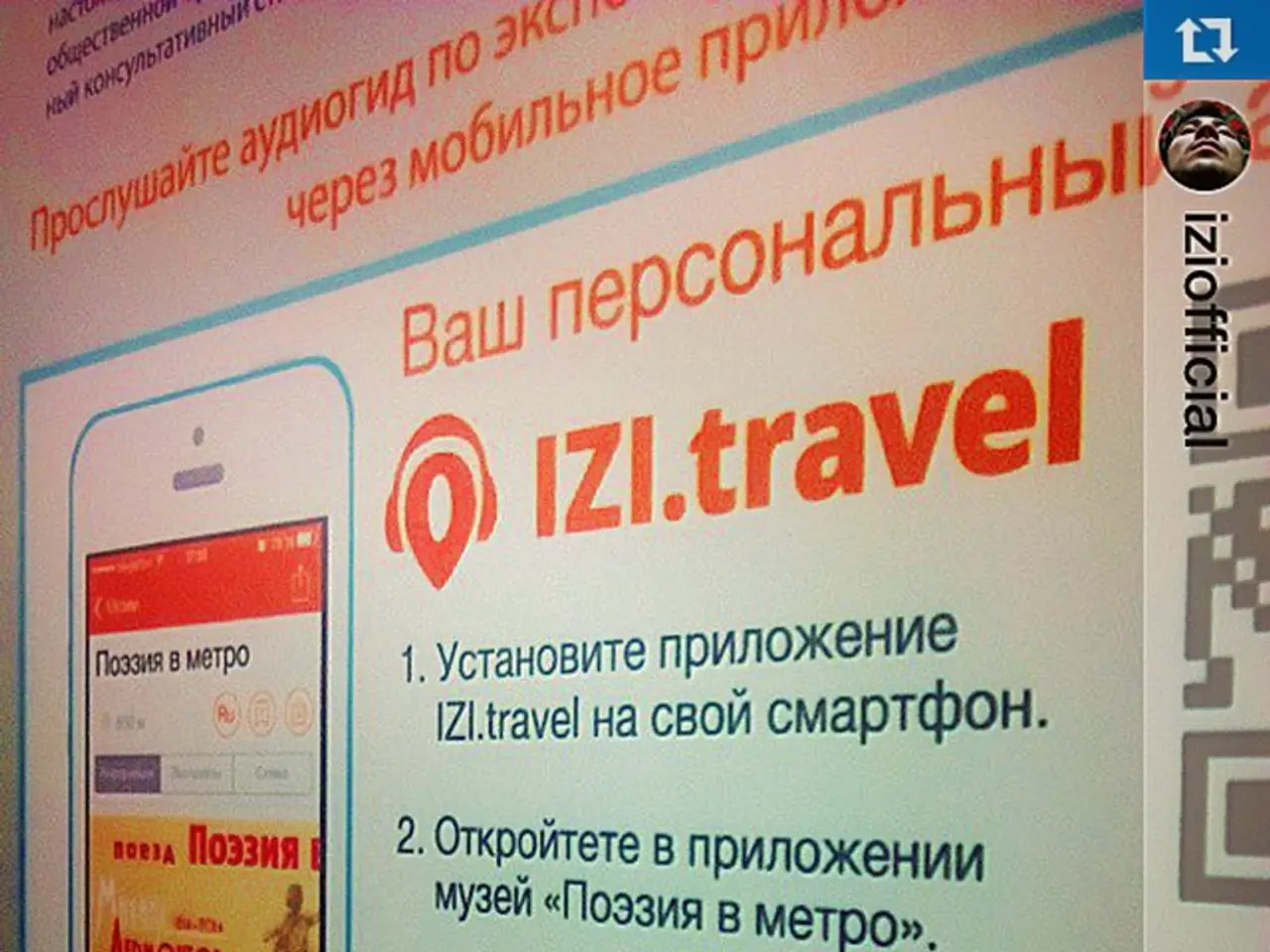Testimony Insights from CrowdStrike: Key Points Disclosed on Capitol Hill
In a significant turn of events, CrowdStrike, a leading cybersecurity firm, found itself at the centre of a global IT network outage that occurred on July 19, 2024. The cause? A faulty software update issued for CrowdStrike's Falcon endpoint protection software. The update, which affected roughly 8.5 million Windows devices worldwide, was found to have a defective file deployment that crashed Microsoft Azure systems[1][5].
The outage, which disrupted critical sectors such as healthcare, financial services, and transportation, was a result of insufficient rigor and inadequate testing protocols before deploying the update. Key failures in the testing process included a lack of thorough pre-deployment validation and multilayer testing, which would have identified the incompatibility or instability caused by the update in complex environments[2].
The update's direct access to the Windows kernel posed a high risk; when the update malfunctioned, it had the power to crash millions of devices simultaneously[3]. The update propagation happened without sufficient staged rollouts or safety checks to prevent such a rapid global impact[5].
Adam Meyers, SVP of counter adversary operations at CrowdStrike, testified about the incident in a congressional hearing and accepted responsibility for the outage, apologizing on behalf of the company[4]. In response, CrowdStrike has implemented several changes and improvements to prevent recurrence of such catastrophic outages.
Firstly, CrowdStrike and Microsoft have introduced enhanced testing protocols. Updates must now undergo rigorous stability and compatibility tests to reduce system instability risks[2][3]. Secondly, Microsoft has introduced new security capabilities limiting third-party antivirus software’s access to the Windows kernel. Security solutions like CrowdStrike’s are being redesigned to operate outside the kernel (user mode) to enhance system stability and allow easier recovery from faults[3].
Thirdly, updates and fixes now follow a methodical, region-by-region rollout rather than simultaneous global deployment, reducing risk of widespread impact and allowing safer verification steps[4]. Lastly, CrowdStrike, Microsoft, and other security vendors collaborate more closely on update design, testing, and deployment to balance security improvements and system reliability[2][3].
In light of these changes, CrowdStrike now controls content update cadence through an opt-in model, referred to as a "system of concentric rings." Customers can delay updates further or choose not to receive them at all, and CrowdStrike cannot unilaterally override these content update controls[4]. The error called into question cybersecurity vendors' practices, particularly their tools' reliance on deep control and access to the Windows kernel[6].
The new testing methodology at CrowdStrike involves testing all content updates internally before they're released. Content updates for sensors now undergo more rigorous internal testing before distribution, and CrowdStrike plans to continue updating its product with threat information as frequently as needed to remain effective against threats[4].
As the threat landscape changes minute-by-minute, requiring routine updates to stay ahead of threats, CrowdStrike releases content configuration updates for Windows sensors an average of 10 to 12 times a day. These updates contain the latest threat intelligence information to keep the CrowdStrike platform effective against evolving threats[7].
In conclusion, CrowdStrike's failure to adequately test and deploy its software update has led to a global IT network outage. However, the company's response involves improved testing, architectural changes to security software, safer staged deployment practices, and better vendor cooperation to strengthen reliability and prevent future large-scale IT outages[1][2][3][4][5].
References: [1] TechCrunch. (2024, July 20). CrowdStrike's software update caused a global IT network outage. Retrieved from https://techcrunch.com/2024/07/20/crowdstrikes-software-update-caused-a-global-it-network-outage/ [2] Wired. (2024, July 21). How CrowdStrike's Software Update Caused a Global IT Network Outage. Retrieved from https://www.wired.com/story/crowdstrike-software-update-global-it-network-outage/ [3] The Verge. (2024, July 22). Microsoft limits CrowdStrike's access to Windows kernel after global outage. Retrieved from https://www.theverge.com/2024/07/22/2024-07-22-crowdstrike-windows-kernel-access-limited-outage [4] CNN Business. (2024, July 23). CrowdStrike CEO apologizes for software update that caused global outage. Retrieved from https://www.cnn.com/2024/07/23/tech/crowdstrike-apologizes-software-update-outage/index.html [5] ZDNet. (2024, July 24). CrowdStrike's software update caused global IT network outage: Here's what we know so far. Retrieved from https://www.zdnet.com/article/crowdstrikes-software-update-caused-global-it-network-outage-heres-what-we-know-so-far/ [6] Forbes. (2024, July 25). CrowdStrike's Global Outage Highlights Lack of Oversight in Cybersecurity. Retrieved from https://www.forbes.com/sites/johnkoetsier/2024/07/25/crowdstrikes-global-outage-highlights-lack-of-oversight-in-cybersecurity/?sh=6690573e76e7 [7] The Wall Street Journal. (2024, July 26). CrowdStrike Changes Software Update Process After Global Outage. Retrieved from https://www.wsj.com/articles/crowdstrike-changes-software-update-process-after-global-outage-11659131510
CrowdStrike's overhaul in response to the global IT network outage includes implementing stricter testing protocols for updates and adopting new cybersecurity measures to limit third-party antivirus software's access to the Windows kernel. To address privacy concerns, CrowdStrike now offers an opt-in model for content update delivery, allowing users to delay or opt-out of updates completely.
With enhanced vigilance in threat intelligence and privacy, CrowdStrike plans to update its product continuously, keeping the platform effective against evolving cyber threats while ensuring system stability and user control.




